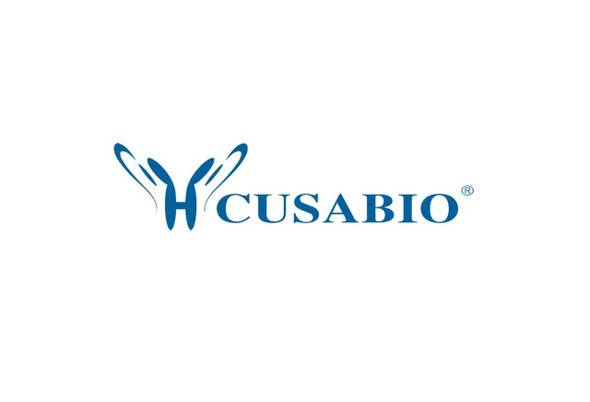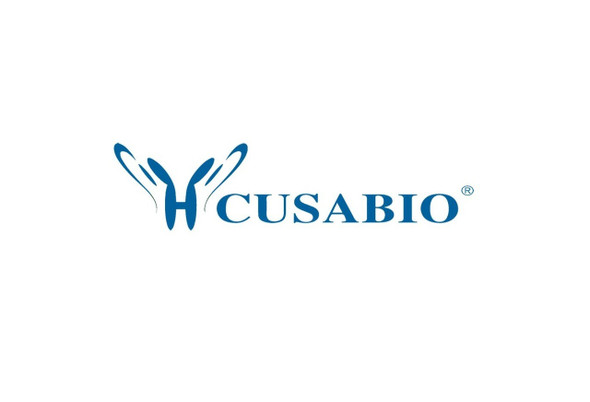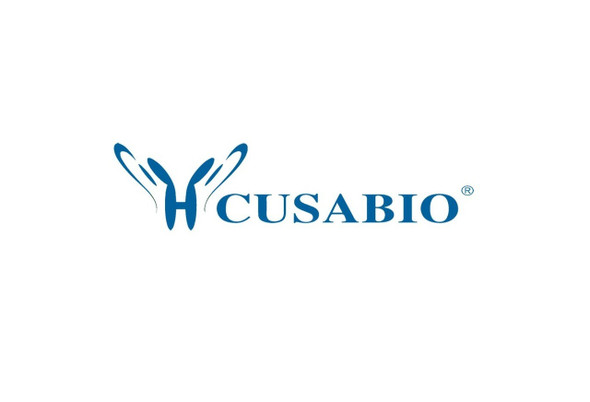Cusabio Mouse Recombinants
Recombinant Mouse Negative regulator of reactive oxygen species (Nrros), partial | CSB-EP807383MO
- SKU:
- CSB-EP807383MO
- Availability:
- 3 - 7 Working Days
Description
Recombinant Mouse Negative regulator of reactive oxygen species (Nrros), partial | CSB-EP807383MO | Cusabio
Alternative Name(s): Leucine-rich repeat-containing protein 33 (Negative regulator of reactive oxygen species) (Lrrc33)
Gene Names: Nrros
Research Areas: Others
Organism: Mus musculus (Mouse)
AA Sequence: ASQGGCKVVDGVADCRGLNLASVPSSLPPHSRMLILDANPLKDLWNHSLQAYPRLENLSLHSCHLDRISHYAFREQGHLRNLVLADNRLSENYKESAAALHTLLGLRRLDLSGNSLTEDMAALMLQNLSSLEVVSLARNTLMRLDDSIFEGLEHLVELDLQRNYIFEIEGGAFDGLTELRRLNLAYNNLPCIVDFSLTQLRFLNVSYNILEWFLAAREEVAFELEILDLSHNQLLFFPLLPQCGKLHTLLLQDNNMGFYRELYNTSSPQEMVAQFLLVDGNVTNITTVNLWEEFSSSDLSALRFLDMSQNQFRHLPDGFLKKTPSLSHLNLNQNCLKMLHIREHEPPGALTELDLSHNQLAELHLAPGLTGSLRNLRVFNLSSNQLLGVPTGLFDNASSITTIDMSHNQISLCPQMVPVDWEGPPSCVDFRNMGSLRSLSLDGCGLKALQDCPFQGTSLTHLDLSSNWGVLNGSISPLWAVAPTLQVLSLRDVGLGSGAAEMDFSAFGNLRALDLSGNSLTSFPKFKGSLALRTLDLRRNSLTALPQRVVSEQPLRGLQTIYLSQNPYDCCGVEGWGALQQHFKTVADLSMVTCNLSSKIVRVVELPEGLPQGCKWEQVDTGL
Source: E.coli
Tag Info: N-terminal 6xHis-tagged
Expression Region: 29-651aa
Sequence Info: Partial
MW: 73.2 kDa
Purity: Greater than 85% as determined by SDS-PAGE.
Relevance: Key regulator of transforming growth factor beta-1 specifically required for microglia function in the nervous system. Required for activation of latent TGF-beta-1 in macrophages and microglia: associates specifically via disulfide bonds with the Latency-associated peptide, which is the regulatory chain of TGFB1, and regulates integrin-dependent activation of TGF-beta-1. TGF-beta-1 activation mediated by LRRC33/NRROS is highly localized: there is little spreading of TGF-beta-1 activated from one microglial cell to neighboring microglia, suggesting the existence of localized and selective activation of TGF-beta-1 by LRRC33/NRROS. Indirectly plays a role in Toll-like receptor signaling: ability to inhibit TLR-mediated NF-kappa-B activation and cytokine production is probably a consequence of its role in TGF-beta-1 signaling.
Reference: "A milieu molecule for TGF-beta required for microglia function in the nervous system." Qin Y., Garrison B.S., Ma W., Wang R., Jiang A., Li J., Mistry M., Bronson R.T., Santoro D., Franco C., Robinton D.A., Stevens B., Rossi D.J., Lu C., Springer T.A. Cell 174:156-171(2018)
Storage: The shelf life is related to many factors, storage state, buffer ingredients, storage temperature and the stability of the protein itself. Generally, the shelf life of liquid form is 6 months at -20?/-80?. The shelf life of lyophilized form is 12 months at -20?/-80?.
Notes: Repeated freezing and thawing is not recommended. Store working aliquots at 4? for up to one week.
Function:
Involvement in disease:
Subcellular Location:
Protein Families:
Tissue Specificity:
Paythway:
Form: Liquid or Lyophilized powder
Buffer: If the delivery form is liquid, the default storage buffer is Tris/PBS-based buffer, 5%-50% glycerol. If the delivery form is lyophilized powder, the buffer before lyophilization is Tris/PBS-based buffer, 6% Trehalose, pH 8.0.
Reconstitution: We recommend that this vial be briefly centrifuged prior to opening to bring the contents to the bottom. Please reconstitute protein in deionized sterile water to a concentration of 0.1-1.0 mg/mL.We recommend to add 5-50% of glycerol (final concentration) and aliquot for long-term storage at -20?/-80?. Our default final concentration of glycerol is 50%. Customers could use it as reference.
Uniprot ID: Q8BMT4
HGNC Database Link: N/A
UniGene Database Link: N/A
KEGG Database Link: N/A
STRING Database Link: N/A
OMIM Database Link: N/A







